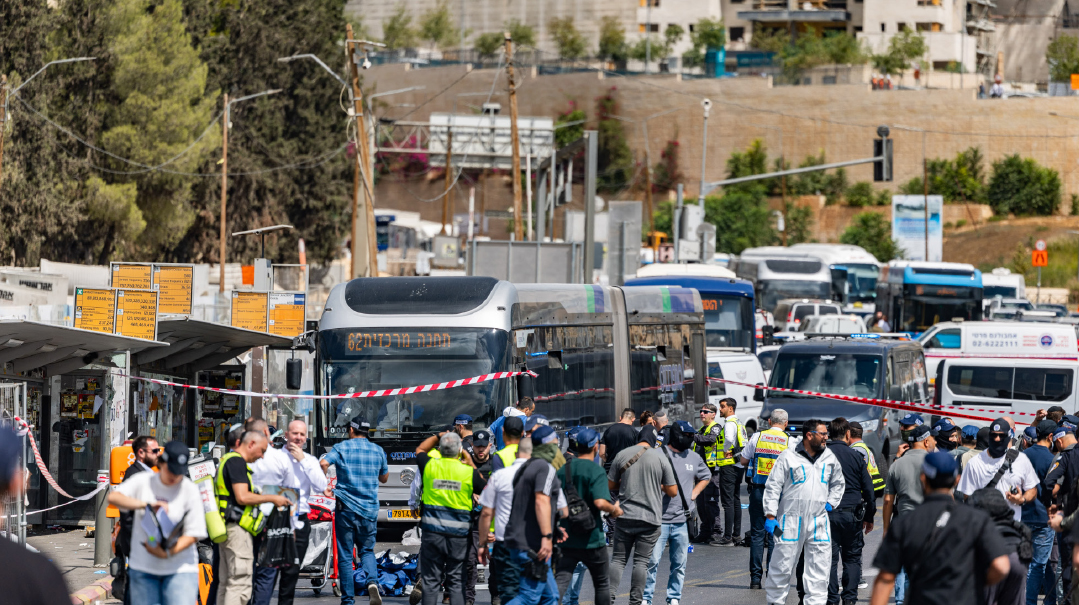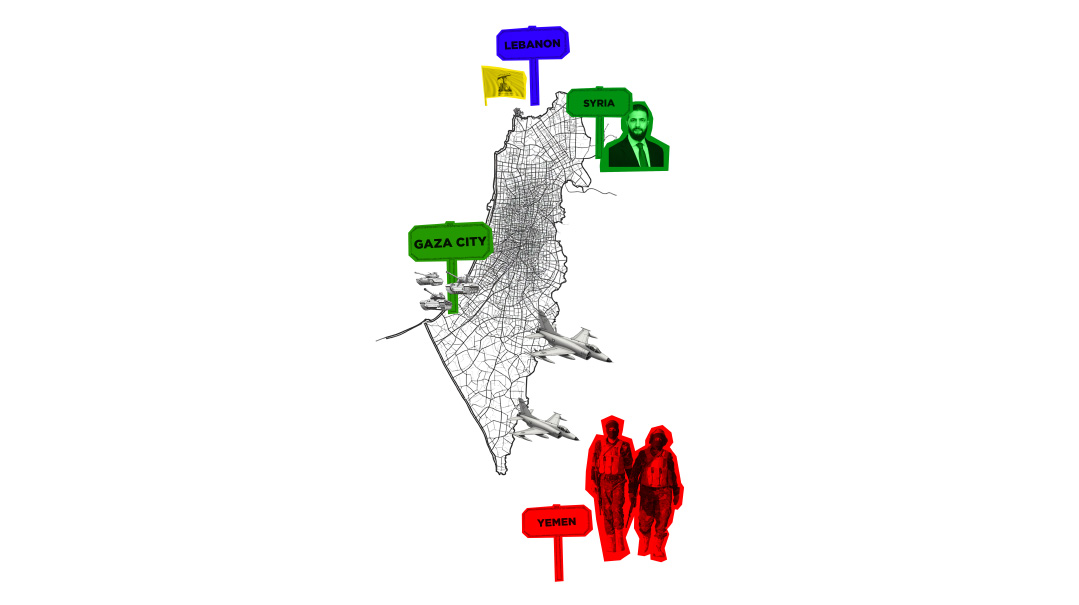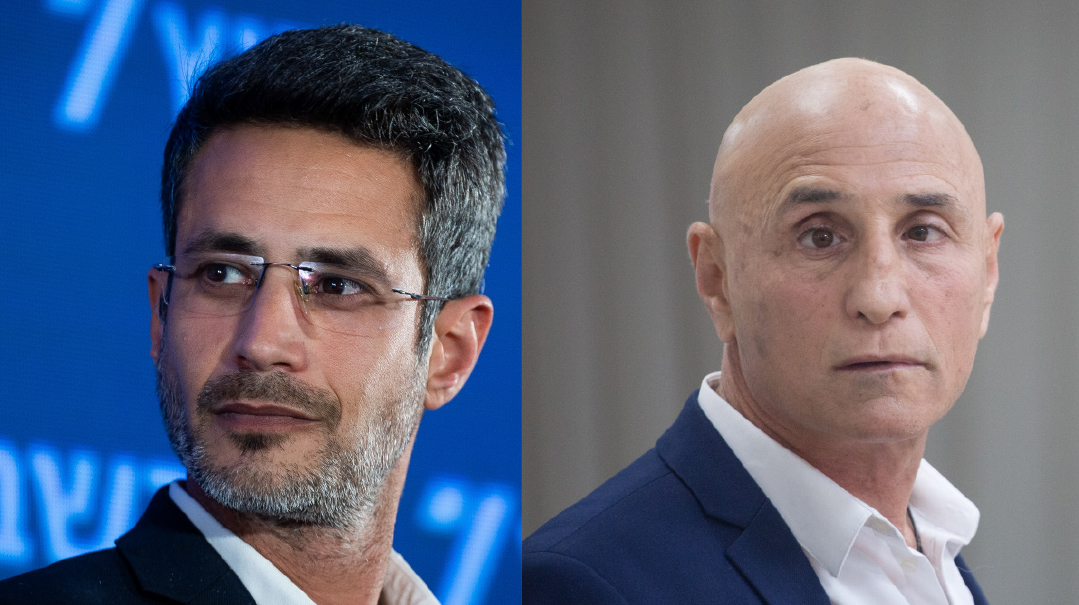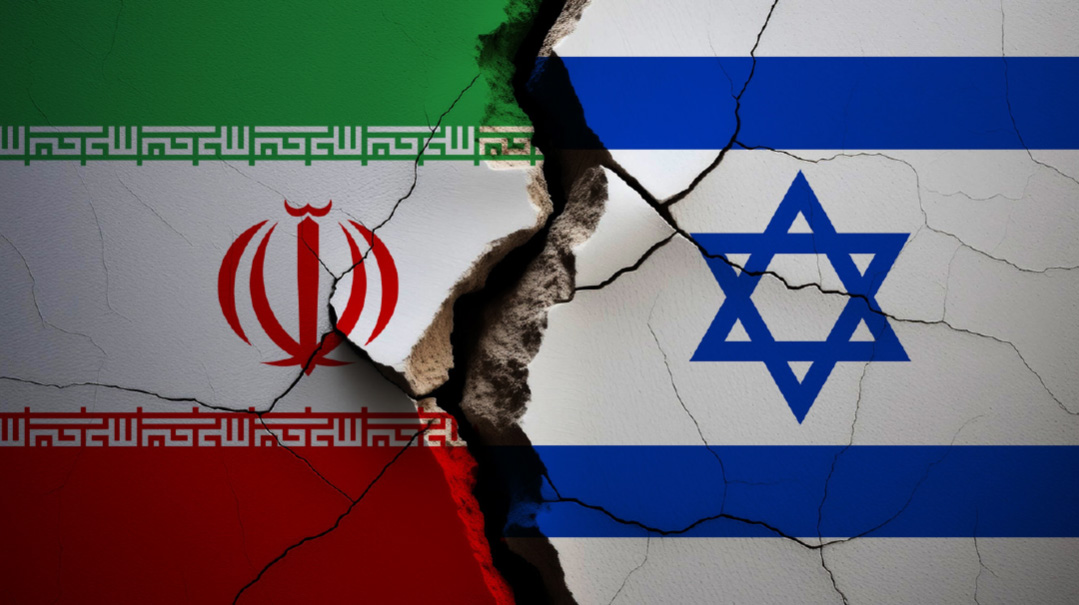In Search of Strategy
| May 14, 2024Under intense pressure from the US, Israel struggles to defeat Hamas and Hezbollah

The war in Gaza that began after Hamas’s horrific October 7 attack has occupied all of Israel’s attention — and a good share of the world’s — for the past seven months. And while world leaders fret about the outbreak of a wider war that draws Hezbollah into fighting with Israel, almost no one notices the daily toll that the Shiite terror group is already exacting. Troops along the northern border report that they’re in a hellscape under constant withering fire.
To be fair, there’s a reason the nation’s attention is diverted toward Gaza: Hamas is proving to be resourceful at recapturing areas that the IDF has already spent too much in blood and toil pacifying. This, even as the enemy’s redoubts were thought to have been winnowed down to Rafah at the border with Egypt.
For months, soldiers of the 98th Paratrooper Division have been engaged in grueling training ahead of the invasion of Rafah, the most complex combat environment they’ll face in Gaza yet. But the best-laid plans, the poet said, often go awry. Last Shabbos morning, the division had to embark on an extensive operation around Jabaliya in the northern Gaza Strip, returning to an area that had been cleared by the IDF months ago and remained under full operational control for some time.
Veterans of the Vietnam War recounted the frustration of fighting over the same ground for years, or losing territory to the Vietcong in their rear when they advanced forward. In Gaza, the situation seems to be exactly the same. IDF forces have been operating in the Gaza Strip for over six months, and wherever they leave, Hamas comes back in a big way.
“At the end of the day, there’s no such thing as a vacuum. It doesn’t matter how extensively we purify an area, if we don’t control it, someone else will. And that ‘someone else’ is Hamas,” says Lt. Col. R., an officer in one of the reserve divisions operating in the area, which has been in service continuously for the past seven months. “Everywhere the IDF has operated in the past two weeks is an area we’d already cleared. Zeitoun, Jabaliya, Khan Yunis, Beit Lahia, and Beit Hanoun. We already operated there, we lost precious men, we secured the territory and held it, and as soon as we left, Hamas reestablished itself. Sometimes we saw it on the very same day. At 8 a.m., we left location X, and by one o’clock in the afternoon, Hamas had already launched rockets or led an anti-tank ambush from there.”
This reality, which senior IDF officials warned about from the first day of the war, has exploded in our faces again and again. And now, even divisions that were being reserved for specific operations, such as Rafah, are being rerouted as needed and returning to places they already left. One such formation is the 98th.
The Shabbos morning raid in Jabaliya came after the IDF received intelligence about additional terrorist infrastructure located in the area. And Jabaliya is not the only such case.
Two days earlier, forces of the 99th Division raided the Zeitoun area, where the IDF had previously operated no less than three times. The raid there had the objective of locating a large quantity of weapons, mainly in schools, as well as additional combat tunnels that had yet to be destroyed. During the operation, fighter jets attacked and destroyed about 50 terrorist targets, including military buildings, attack tunnels, observation posts, and sniper positions.
At the beginning of the week, the 143rd Division, led by the 8104 Reserve Battalion, operated in the neighborhoods of Beit Lahia and Beit Hanoun to destroy terrorist infrastructure. Again, these are neighborhoods that the IDF had already captured several times, with some, such as Beit Lahia, characterized at one point as “completely clean.”
Pinpricks
“Everyone’s talking about Rafah as some kind of critical goal of the war, and they’re not wrong,” adds Lt. Col. R. “But if we don’t learn from the mistakes we made in the areas where we’ve operated until now, Rafah will only become another in a long list of targets we have to clear again and again. Without a concrete plan for controlling the area, there’s no point going in, especially if all we’re talking about is a ‘pinpoint action.’ The past seven months have taught us that limited operations are a joke.”
The voices from the field are not being heard at the top, and lessons learned in blood are not being converted into concrete decisions. The raid on Rafah, which is progressing, is still characterized as a “pinpoint action,” even as the IDF stresses that it’s an essential step on the road to toppling Hamas.
To understand why Rafah has assumed such outsized importance, one has to look beyond purely military considerations. Contrary to popular perception, Rafah, the southernmost city in the Gaza Strip bordering Egypt, is not the enclave’s largest city. Before the war, it had a total population of about 200,000. But with most residents of the Gaza Strip having fled south, the current population stands at over a million. And with the four battalions of Hamas’s Rafah Brigade operating from within the civilian population, the risk of harm to “non-combatants,” to the extent that Gazan civilians can be described as such, increases drastically.
And that’s what scares Israel the most. The US has already made it clear that it won’t accept further harm to civilians, and the ominous procedures in the Hague are further complicating the decision-making. A ticking bomb on the one hand, the loss of international legitimacy and the halt of arms shipments on the other, and in the middle — a million Gazans serving as human shields and effectively propping up what remains of the Hamas regime with their bodies.
At the same time, giving up on Rafah isn’t an option either. Why? Look at how desperate Hamas becomes at any talk of capturing its final redoubt, which includes its two key lifelines to the east: the Rafah and Salah-a-Din crossings — the latter built by the Egyptians especially for Hamas.
Capturing the Rafah crossing could enable Israel to shut down Hamas’s primary arms smuggling artery, control exit from the Gaza Strip, control the flow of goods entering the Gaza Strip, and stop the collection of customs taxes by Hamas, which would be a very severe financial blow to the terrorist organization.
But will the IDF retain control of the crossing in the future? It’s unclear. Senior Egyptian officials were quoted in a number of Arab media outlets as saying that Israel had provided Egypt with assurances that it doesn’t intend to retain control of the crossing, and that once the operation is concluded, it will be transferred into other hands. Whose hands? Also unclear, although some in Israel are trying to promote an outline for integrating “Palestinians who are not Hamas” into the management of the crossing as part of preparations for the “day after.”
Northern Front
And with all eyes on the south, we’re losing the north. Literally. In the past month alone, there have been 37 Israeli casualties, civilian and military, on the northern border. That includes four fatalities, one civilian and three soldiers; five wounded in serious condition; and 28 wounded in moderate and light condition. In the past month alone, more than 50 homes in northern communities have been damaged. In the past month alone, dozens of IDF positions have been hit.
Hezbollah is escalating the situation in an alarming progression, with intelligence showing that Hezbollah intends to fire missiles at Meron on Rashbi’s hilula, just a week away. The Home Front Command has already announced the cancellation of the annual celebration, a decision met with rare agreement from the heads of all the kehillos, even those from extreme kehillos in Jerusalem, who were also presented with the intelligence.
“On Mount Meron, a group of ten people is like a crowd of 150, and a crowd of 100 people is like 1,500,” explains a senior IDF official at the center of the decision-making. “The conditions are appalling. There are no bomb shelters, there’s nowhere to run, and Hezbollah is pummeling the mountain with precision missiles. This is not classified intelligence material. This is information that’s available to every Israel citizen.
“People ask me if they’ll be allowed to hold the annual celebration on the mountain. Have you lost your minds? Is this about permits? Does it even matter if the mountain is officially shut down? If it isn’t shut down, will Hezbollah disappear? Only someone with a death wish would go there at such a time.”
Indeed, just over the past few days, a number of impacts have been identified in Meron, some of them on the Burma Route, which serves as an emergency route for the hilula, while others landed in the lighting compound of Rabbi Meilech Biderman. In recent months, the Shiite terrorist organization has fired hundreds of precision missiles at the air traffic control base on Mount Meron, and the IDF has acknowledged several hits on the base. The Home Front Command says that the number of launches at Meron is among the highest in the sector, as is the number of impacts.
Nevertheless, Meron is only the tip of the iceberg. A short tour of the abandoned northern settlements provides a bigger picture. Rows of damaged houses, hundreds of burned vehicles, and communities that will take years to rebuild.
And if that’s true of the yishuvim, all the more so of the military outposts.
“There’s not a single outpost in the entire sector that hasn’t sustained damage,” say soldiers who have been at the front for seven bloody months. “We’re talking about critical systems completely destroyed, buildings, infrastructure, cameras and radar systems. The signs of war are everywhere. We feel like sitting ducks. You hear the hum of a drone, count to three for the explosion and silently pray that it won’t hit you or your friends. Escaped from one? Five minutes later, there’s another UAV, or an anti-tank missile, or a mortar shell or some other weapon. Hundreds of wounded, dozens of dead — they’re just mowing us down here.”
As of now, the IDF is responding with relative restraint, but it’s long been understood that only military action can restore quiet to the north as well as the residents to their homes.
One cabinet member told me last week that “anyone who says that residents of the north will be able to return to their homes on September 1 is either lying or misleading the public. It won’t happen by then.”
What will happen? The war cabinet will have to decide. And as long as the fighting in the south has the country’s full attention, the north will continue to burn.
(Originally featured in Mishpacha, Issue 1011)
Oops! We could not locate your form.







